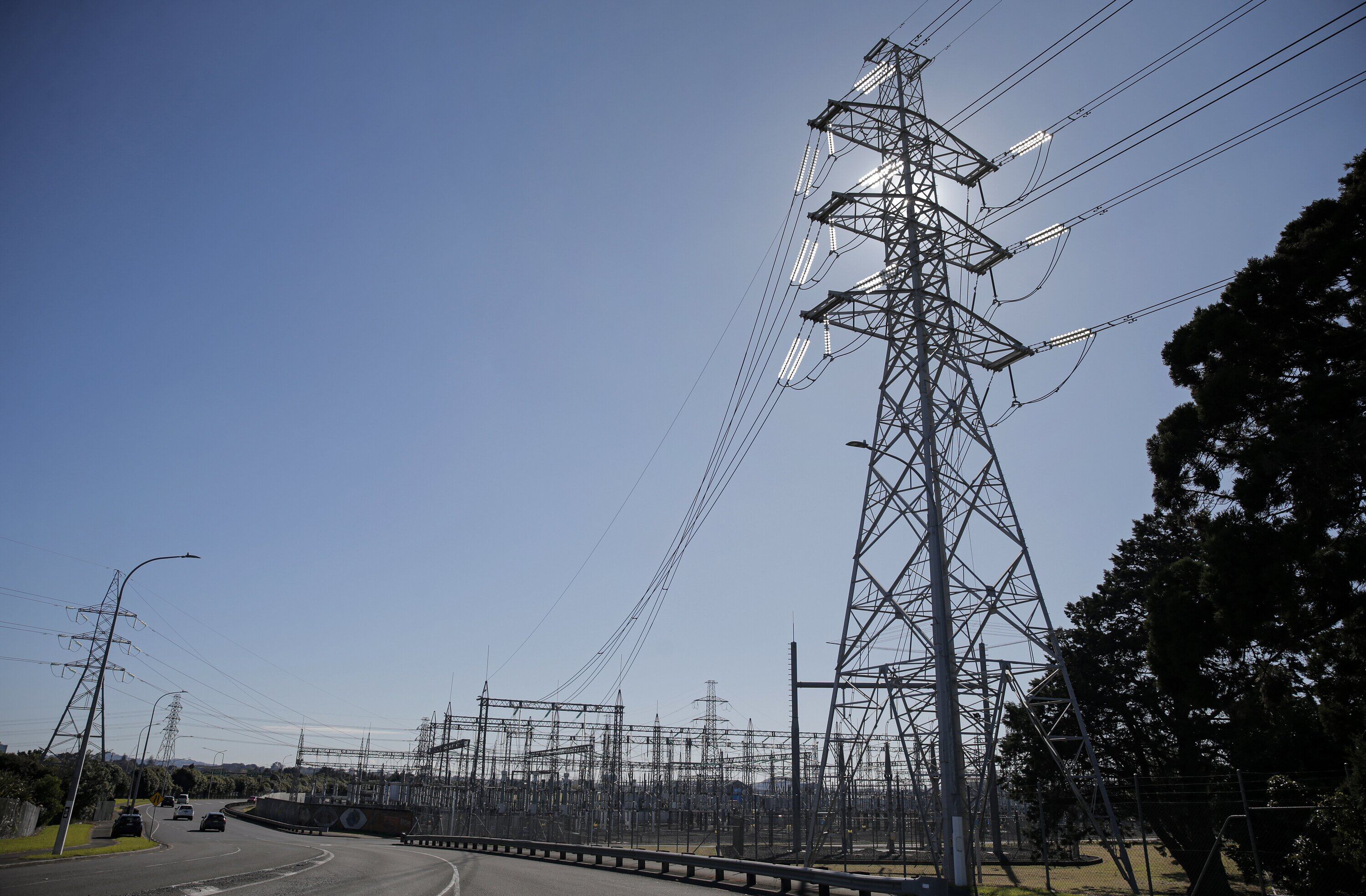
MBIE SEES 81% LIFT IN POWER DEMAND BY 2050
New Zealand can expect to see an 81% increase in demand for electricity under favourable economic conditions by 2050, the Ministry of Business, Innovation and Employment (MBIE) says in a report.
The report says that would result in the national demand of 39.6 terawatt hours (TWh) increasing to 71.7TWh in 2050.
MBIE, in its Electricity Demand and Generation Scenarios report, says the country will require new generation to meet future electricity demand, which is expected to grow as fossil fuel use switches to electricity, higher uptake of electric vehicles, and new demand such as large-scale data centres coming online.
“By 2050, it is expected around half of all energy demand will be met by electricity,” markets manager Mike Hayward said.
“Modelling shows wind and solar is the most likely way to generate enough electricity to meet demand,” he said.
MBIE’s independent scenarios are used by the Commerce Commission to assess Transpower’s planning proposals for future capital investment in the electricity transmission grid.
The 2030s will bring considerable change in electricity demand and generation, with increased demand for electricity and coal and natural gas electricity generation capacity expected to retire, Hayward said.
“While modelling shows increased renewable energy generation will most likely be used to meet the additional demand for the next 26 years, it also shows that gas will continue to play a role in providing support to the electricity generation market.”
The report says by 2035, it is expected 92.1% of New Zealand’s electricity will be generated from renewable sources — with 45.7% hydro, 20.3% wind, 19.2% geothermal, 5.6% solar and 1.4% other renewable sources — increasing to 96.3% of generation from renewable sources by 2050.
The report says new large-scale data centres could lead to an uptick in electricity demand that had not previously been forecast.
Companies such as CDC, Microsoft and Amazon have all expressed interest in building large-scale data centres in New Zealand, and some have already begun operations, including DCI Datacentres.
Preliminary consumption data for 2023 shows an increase in electricity intensity that may be driven by higher demand from data centres.
“We have assessed announcements for current developer intentions and modified the expected build schedule per scenario to represent a range of possible future demand.”
“Datacentres traditionally operate at baseload, and so we have assumed they will run with a load factor of 90 per cent.
“This means they draw 90 per cent of their maximum possible demand in any given year.”
Commenting on the future of fossil fuel-powered thermal plants, the report says Contact’s 377MW Taranaki Combined Cycle plant (TCC) is expected to close at the end of the year.
In its scenarios, MBIE also assumes the adjacent Stratford peaker units would close in 2035.
“In most scenarios, we also assume Genesis Energy’s Unit 5 combined cycle plant will close in 2037 after 30 years of life.”
If Genesis Energy’s coal and gas-fired Rankine units at Huntly are refitted for biomass, MBIE said they could remain operational to 2050.
Jamie Gray is an Auckland-based journalist covering the financial markets and the primary sector. He joined the Herald in 2011.
2024-07-03T02:20:33Z dg43tfdfdgfd